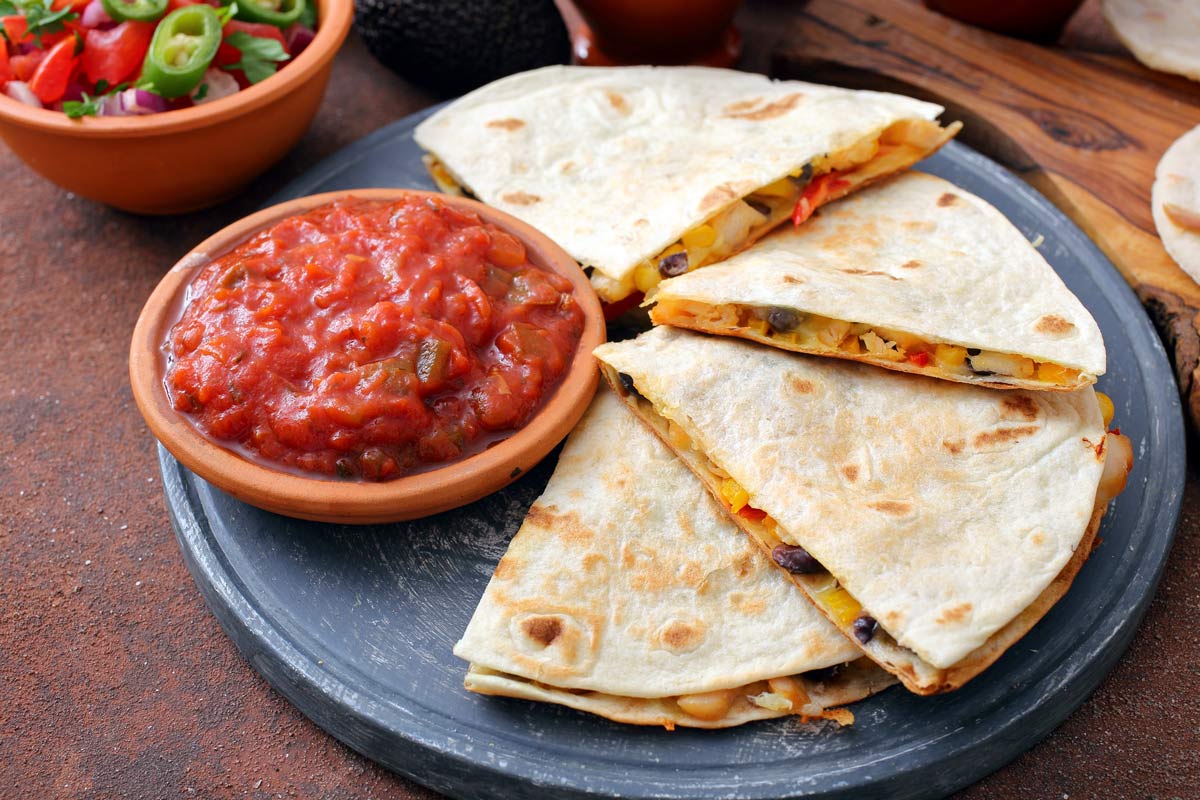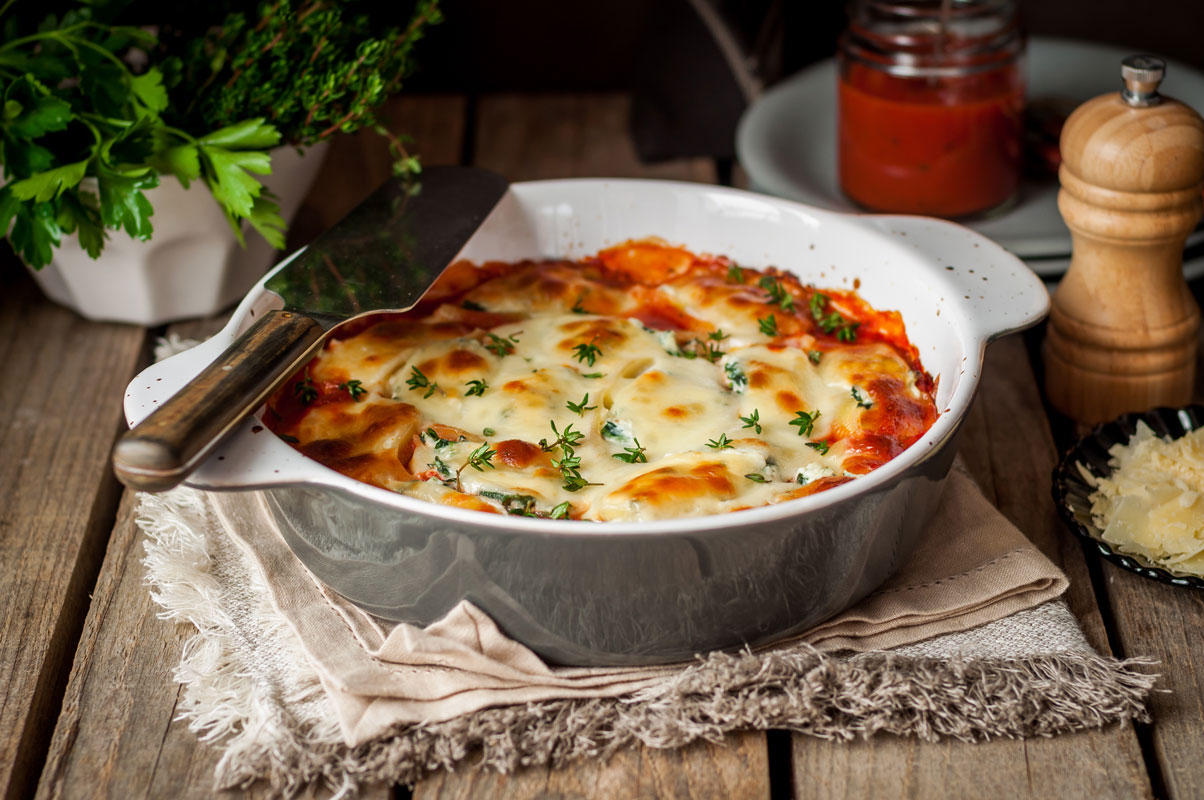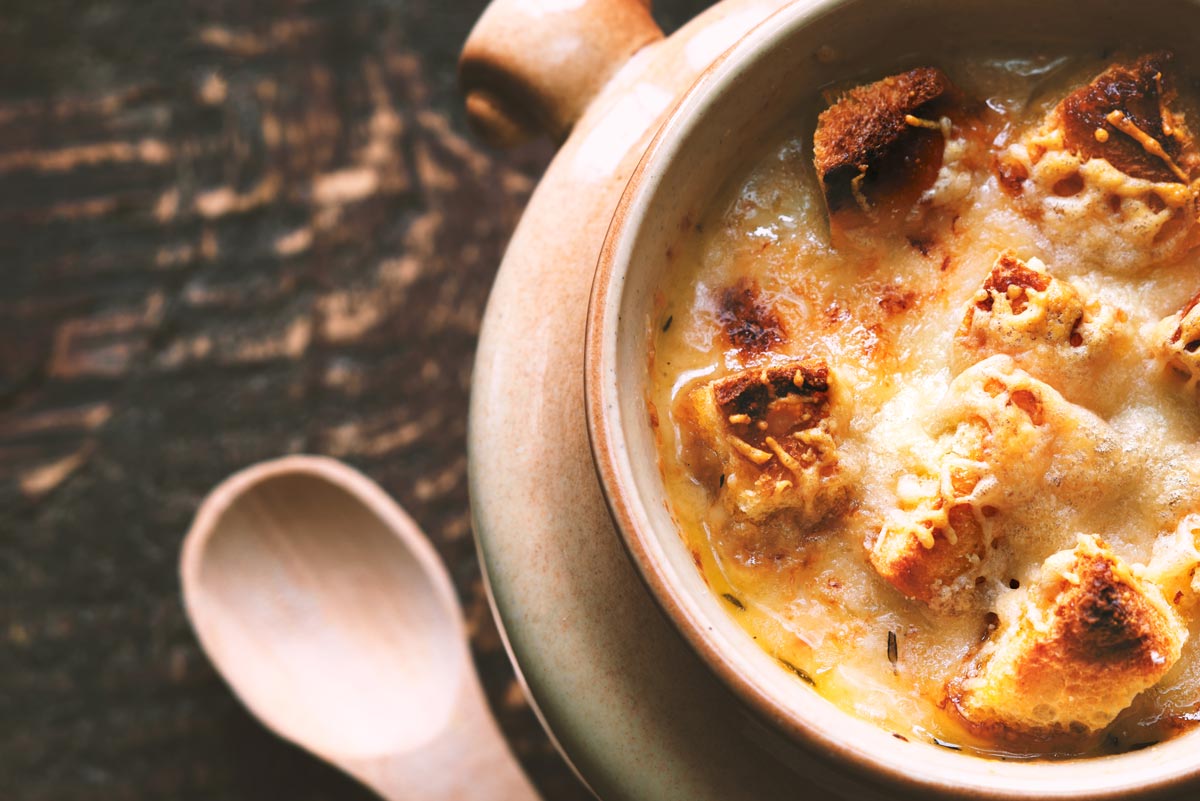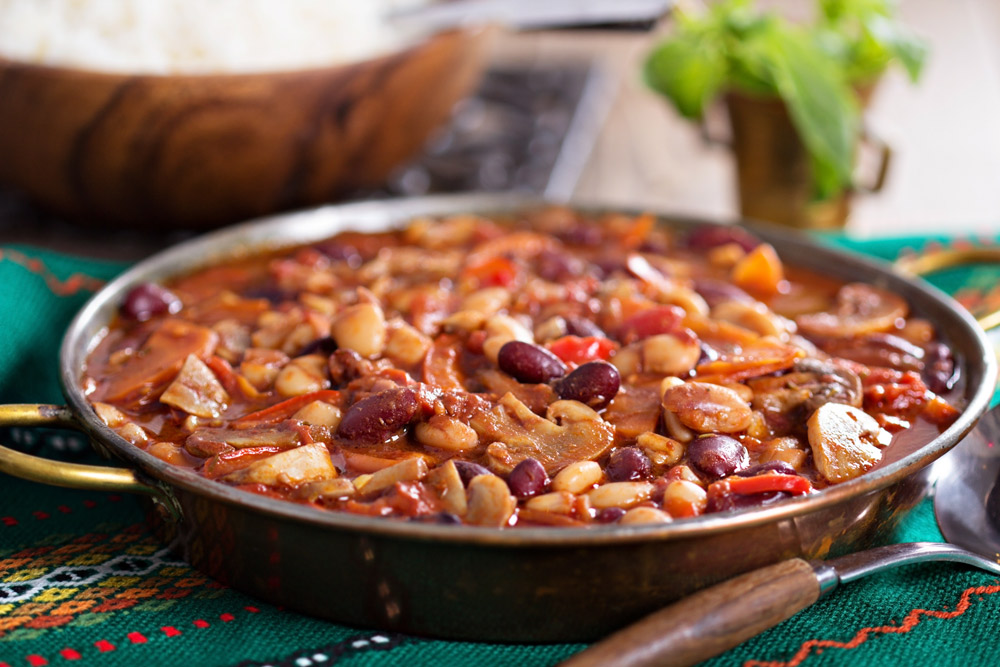Bountiful Breakfast Quesadillas Recipe, Spotlight on Whole-Grains, The Cake Lifter, and The Mental and Physical Effects of Poor Sleep
Eat more whole grains—it’s at the top of most of our New Year’s health resolutions, yet it’s often so difficult to do. First, there’s the common misconception that whole grains aren’t as tasty as refined ones. Then there’s the problem of confusing package labels that don’t accurately describe what’s inside. This edition of The Olive Oil Hunter Newsletter homes in on the problem with easy fixes, starting with a delicious quesadilla—a great way to start your day!
Bountiful Breakfast Quesadillas
 Bountiful Breakfast Quesadillas
Bountiful Breakfast QuesadillasThis take on a quesadilla makes a festive presentation for brunch, and you can customize it with ingredients you love best.
Ingredients
- 3 tablespoons extra virgin olive oil
- 1 onion, finely diced
- 1 bell pepper, any color, seeded and finely diced
- 1 chile pepper, such as a poblano or a jalapeño, seeded and finely diced
- 6 eggs
- 4 corn or whole-wheat tortillas
- 1-1/2 cups grated Manchego, Monterey Jack, or cheddar cheese, or a combination
- 1 cup black beans
- 1 avocado, cut into thin slices
- Your favorite salsa
Directions
Step 1
Heat a large skillet over medium heat. When hot, add two tablespoons of olive oil, the onions, and peppers. Sauté until the onions soften and turn a light brown. Whisk the eggs and add them to the pan; cook to a soft scramble.
Step 2
Heat a griddle over medium heat. When hot, drizzle on the remaining olive oil. Place two of the tortillas side by side on the griddle and layer on the ingredients, in this order, divided between the two: half of the cheese, the scrambled eggs, beans, avocado slices, and then the rest of the cheese. Top with the remaining tortillas and press down gently with a large spatula or cake lifter (see Quick Kitchen Nugget in Newsletter #154).
Step 3
When the bottoms of the tortillas brown and the bottom layer of cheese has melted, flip them and continue cooking until the other cheese layer has melted. Transfer the quesadillas back to your cutting board and cut them into quarters. Serve with salsa as desired.
Yields 4 servings

Healthy Ingredient Spotlight
Choosing Whole-Grain Tortillas
An easy way to get more whole grains and fiber is to use corn or whole-wheat tortillas in place of the traditional white flour kind. But it’s still important to read the list of ingredients to be sure you’re getting 100% of the grain (see For Your Best Health below for more) and choose brands with the least salt and additives.

Quick Kitchen Nugget
The Cake Lifter
Picture a spatula the size of a 9-inch or 10-inch round or square cake layer—that’s a cake lifter. And it’s great not only for evenly stacking cake layers and transferring baked goods from pan to serving plate, but also for flipping tortillas and other foods cooked on a griddle. They’re available from well-known cookware companies like Wilton and Nordic Ware for under $20.

For Your Best Health
Are You Really Getting Whole Grains?
We know that whole grains are healthier than refined ones because they contain all parts of the grain, including all-important fiber. But according to research published in The American Journal of Clinical Nutrition, unclear or misleading labeling makes it difficult to really know what you’re getting in packaged foods. The researchers pointed out that some manufacturers use deceptive labeling tactics, like putting the words “whole grain” in the product name or listing the amount of whole grains present but not what percentage of total grains that represents. A product with a vague callout, like “made with whole grain,” may contain only minuscule amounts. And there’s no current government policy that requires a complete disclosure.
What can you do to shop smarter? Look for products with the “100% Whole Grain Stamp” from the Whole Grains Council. This indicates that the food contains a full serving or more of whole grain in each labeled serving and that all the grain is whole grain. Whole-grain products not yet using this symbol may list the grams of whole grain somewhere on the package or use words like “100% whole wheat.” You can also look for the “50%+ Stamp” on products; it means that each serving of the food is at least half whole grain, with a minimum of 8 grams. There’s also the “Basic Stamp”—these products have at least 8 grams of whole grain per serving but overall may contain more refined grains than whole grains.

Fitness Flash
The Mental and Physical Effects of Poor Sleep
Missing out on needed sleep often leaves us dragging through the next day. But it can also take a mental toll that we often fail to appreciate. That’s because a good night’s sleep prepares us for activity and helps us be more productive, while not getting enough sleep affects how well we do at tasks that require attention, memory, and executive functioning, including driving safely. Many people now rely on so-called readiness scores given by their fitness and sleep trackers to let them know how restorative (or not) their sleep was, but they were designed to predict physical performance and may not tell you how you’ll perform cognitively.
A group of scientists decided to test how well cognitive function tracked with physical function. Professor Michael Chee, MBBS, Assistant Professor Stijn Massar, PhD, and Alyssa Ng, PhD student, of the Centre for Sleep and Cognition at the Yong Loo Lin School of Medicine of the National University of Singapore, asked 119 university students to report their mood, motivation, and sleepiness after waking and before going to bed daily for between two and six weeks. Sleep was measured with Oura rings and cross-referenced with smartphone app-based self-reports that also captured daytime naps and their duration.
They found that after nights with longer sleep than a given participant’s average, that person experienced a better mood, higher motivation, and lower sleepiness, and that a good night of sleep following a poor one could be helpful for restoring social functioning. For those who regularly missed out on sleep, taking naps helped ease some of the ill effects. Their findings also reinforce the idea that sleep is highly personalized, with significant differences from person to person in the amount of sleep necessary to maintain mental well-being.
“People say they know all they need about their sleep within a few weeks of using a sleep tracker, but our work suggests there is real value in continuing to measure sleep to help you judge when to push it and when to hold back in work or social settings,” said Dr. Chee, who has been a significant contributor to research evaluating the utility of wearable sleep trackers.
Get More Recipes In Your Inbox!



